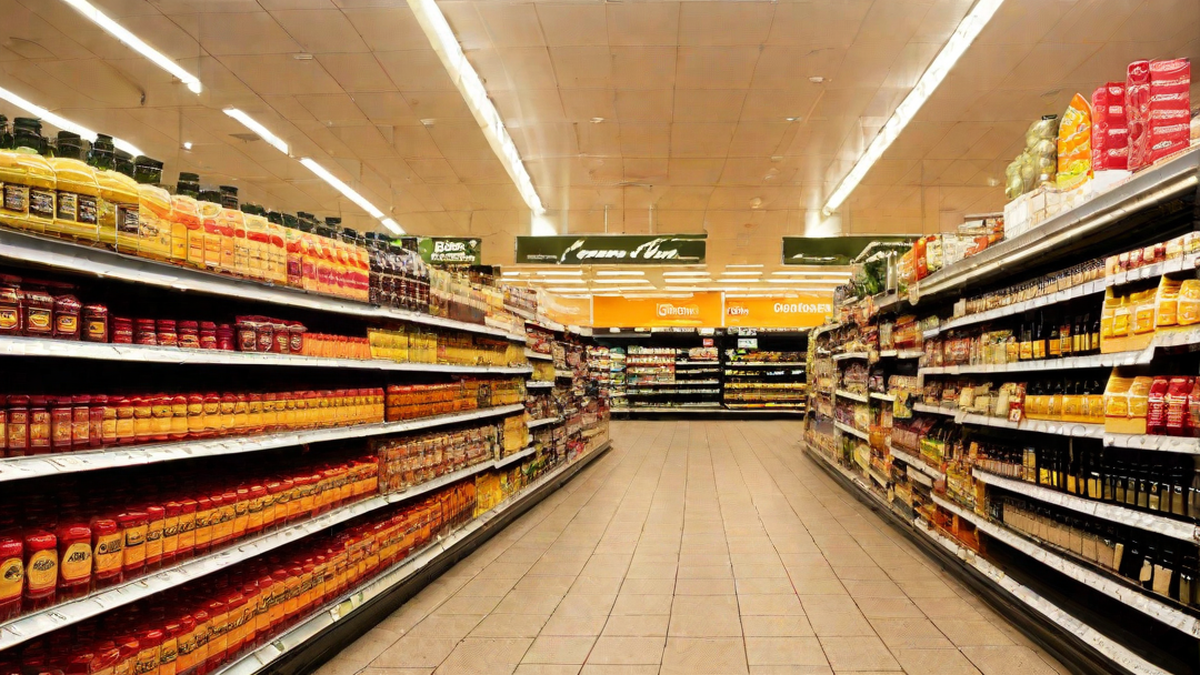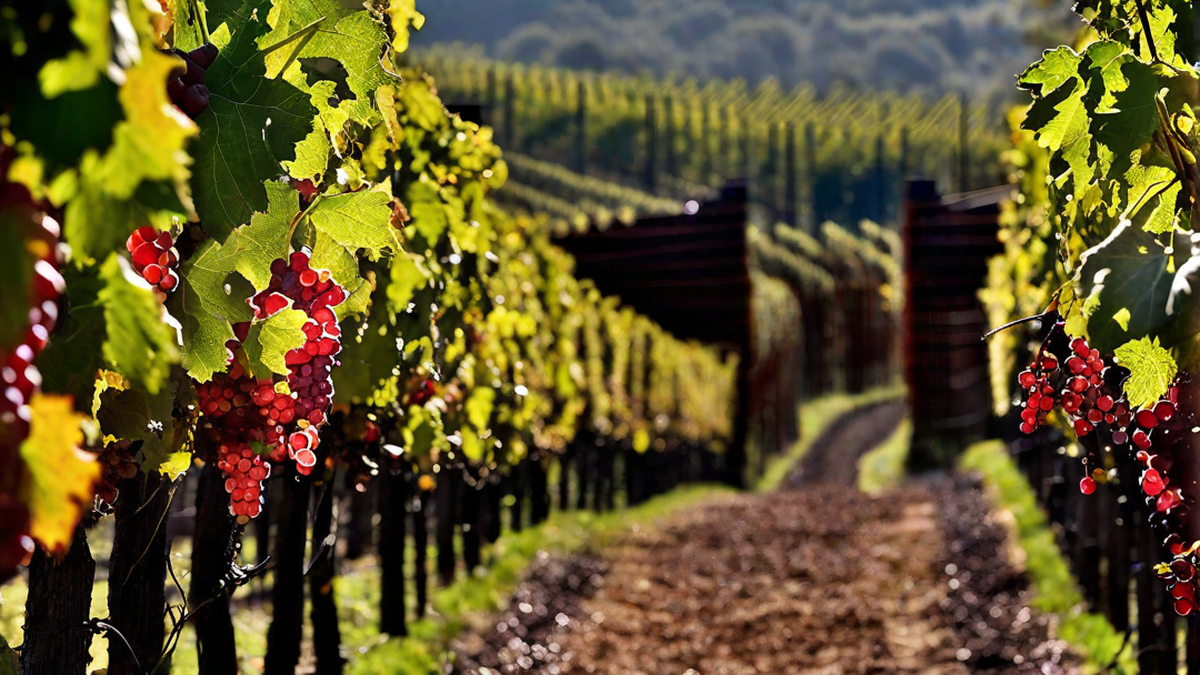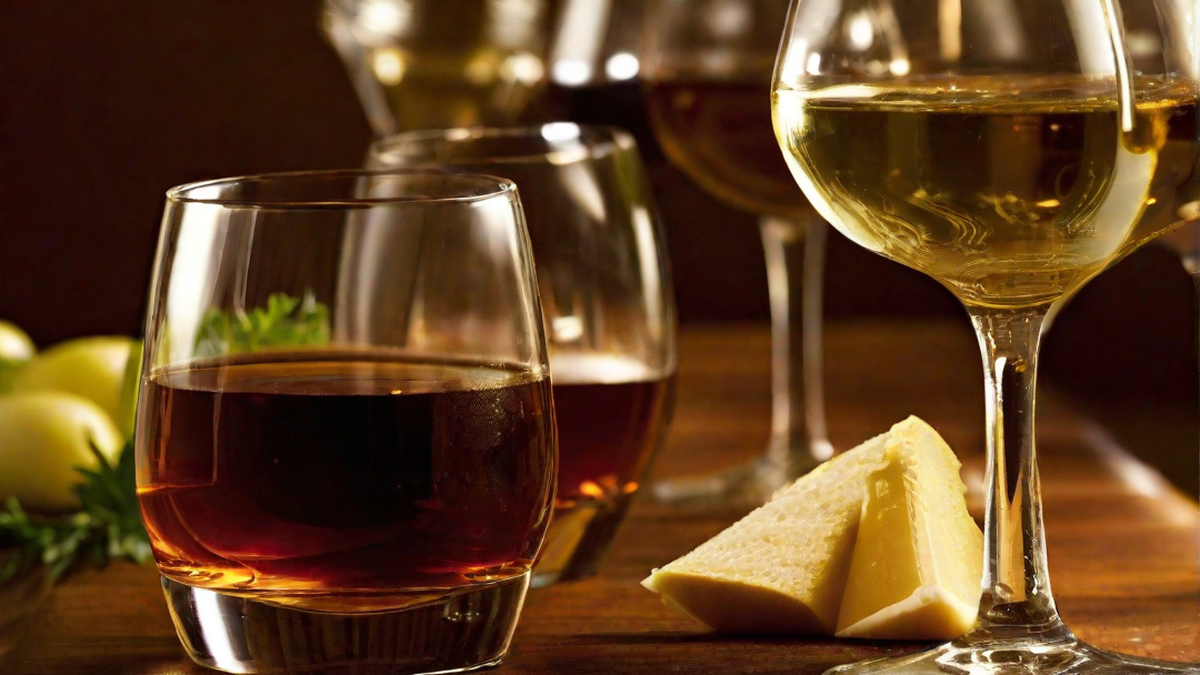Ah, champagne – the ultimate symbol of festivity and opulence. But, have you ever been curious about how those enchanting effervescent bubbles find their way into the bottle? As someone who’s passionate about wine, I’ve explored the intriguing process behind the carbonation of champagne and am thrilled to enlighten you with my findings.
The Traditional Method: Second Fermentation in the Bottle
The hallmark of authentic champagne carbonation is the traditional method, also known as méthode champenoise. It begins with the creation of a base wine, which undergoes primary fermentation in a stainless steel tank. A crucial blend of specific yeast and sugar, known as liqueur de tirage, is then added to the base wine before it is bottled and sealed with a crown cap. This secondary fermentation takes place in the bottle, allowing the carbon dioxide produced as a byproduct to dissolve into the wine, creating those beloved bubbles. The bottles are then aged on their lees, contributing to the complex flavor profile of the champagne.
Riddling and Disgorging
This is where things get truly captivating. After the secondary fermentation and aging, the bottles undergo a process called riddling, where they are gradually tilted and turned to encourage the lees to move towards the bottle neck. Once the lees have collected there, the neck of the bottle is flash-frozen, forming a plug of ice containing the spent yeast. The bottle is then opened, and the pressure in the bottle forces out this frozen plug in a process known as disgorging.
Finishing Touches
The next steps involve topping up the bottle with a mixture known as the dosage, which will determine the champagne’s sweetness level, and sealing the bottle with the iconic cork and muselet. The bottle is finally ready to be labeled and shared with enthusiasts around the world.
The Charmat Method: Tank Fermentation
While the traditional method produces the most complex and nuanced champagnes, the Charmat method offers a different approach to carbonation. In this method, the secondary fermentation takes place in a large, pressurized tank rather than individual bottles. The wine is then transferred under pressure to retain its effervescence before being filtered and bottled. While this method is often associated with Prosecco production, certain quality-driven producers are using it for champagne-style wines.
In Conclusion
The process of champagne carbonation is a labor of love, blending tradition, precision, and artistry. Whether it’s the time-honored méthode champenoise or the innovative Charmat method, the result is a sparkling wine that never fails to captivate the senses and elevate any occasion. So, the next time you raise a glass of champagne, take a moment to appreciate the craftsmanship and expertise that went into making those effervescent bubbles dance in your flute.




